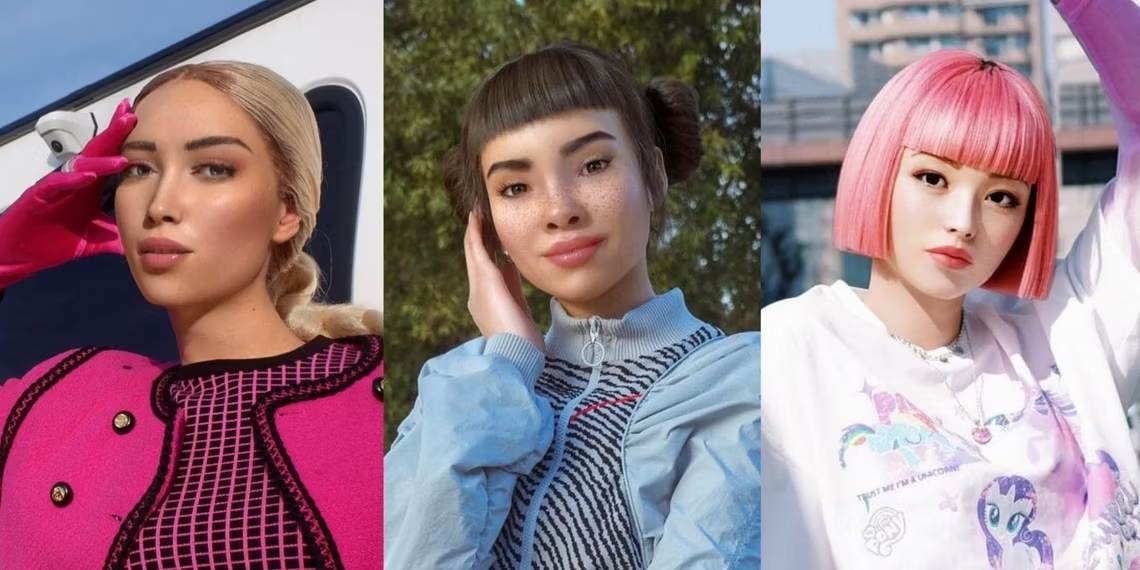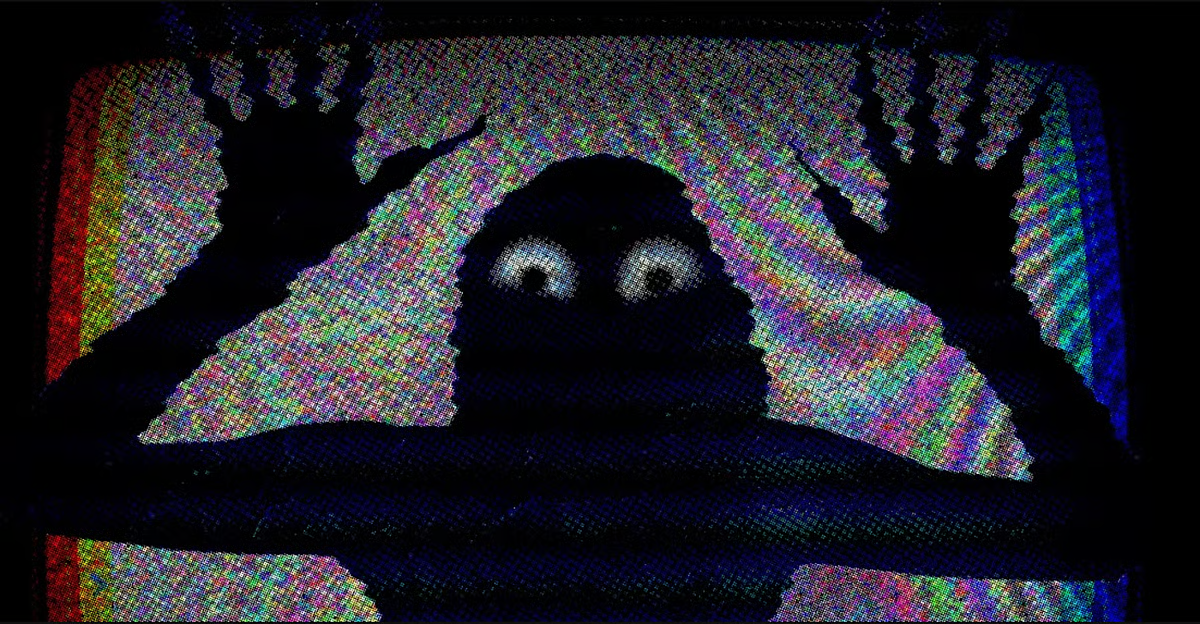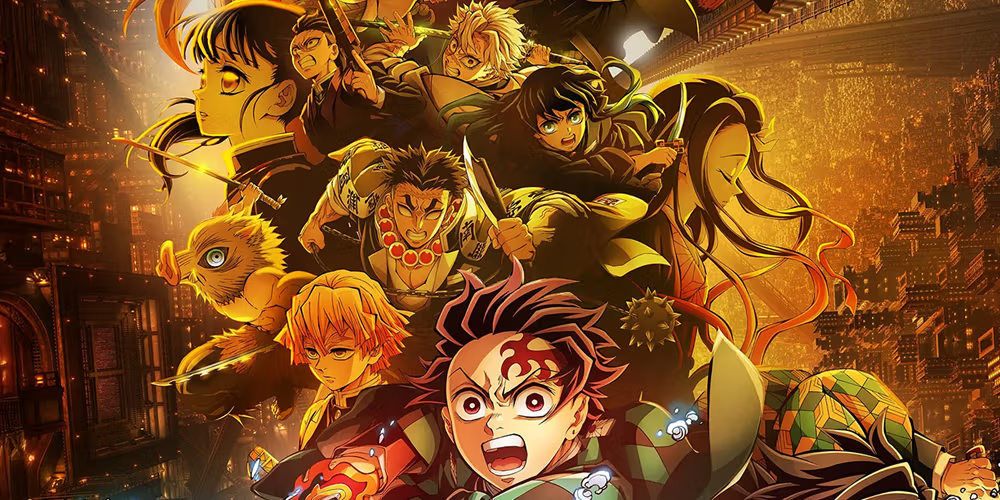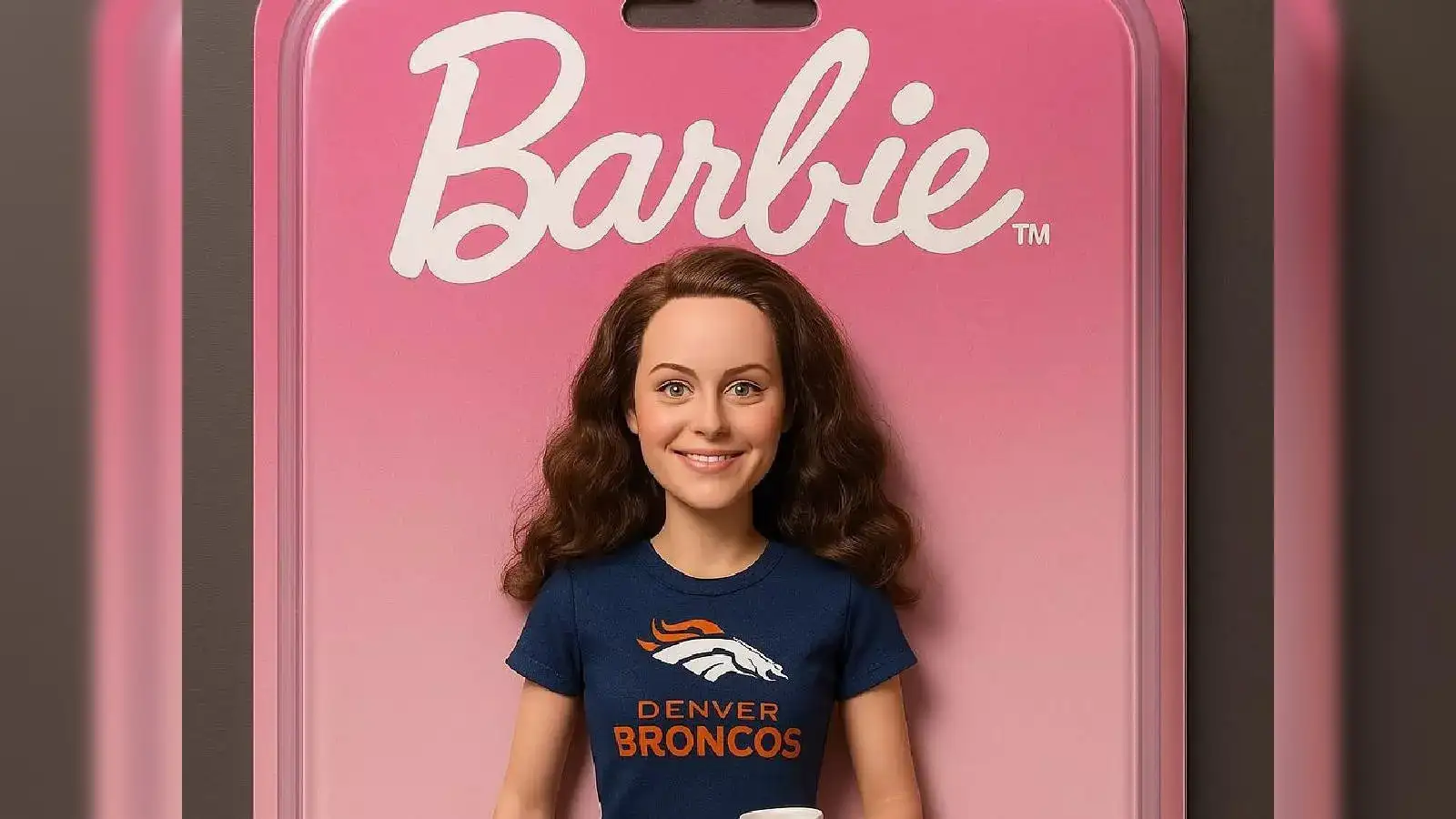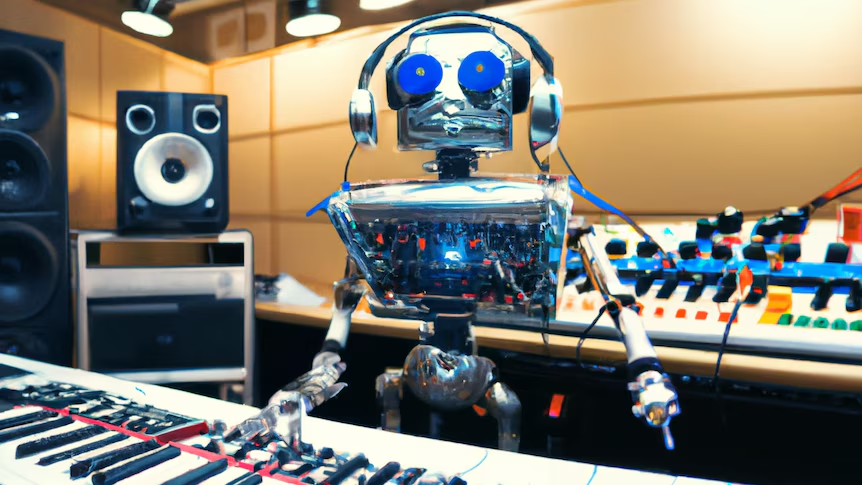In the ever-evolving world of pop culture, virtual influencers have emerged as a powerful force, blurring the line between reality and digital artistry. These computer-generated personalities—like Lil Miquela or Imma—amass millions of followers, collaborate with luxury brands, and even headline magazine covers. Fueled by advancements in AI, motion capture, and CGI, they are designed to be flawless, marketable, and controversy-free, attracting both brands and audiences intrigued by the futuristic novelty.
Unlike traditional celebrities, virtual influencers are meticulously managed by creative teams that control every post, appearance, and narrative. This allows brands to tailor campaigns with precision, ensuring consistency and avoiding unpredictable public behavior. As younger generations grow increasingly comfortable with digital identities and metaverse interactions, these influencers reflect shifting perceptions of authenticity and influence. Their success raises questions about the future of celebrity, privacy, and even the role of human creativity in pop culture.
Despite skepticism, virtual influencers are here to stay—and likely to evolve. As artificial intelligence advances, these avatars may become more interactive, personalized, and lifelike, challenging the entertainment industry to redefine what it means to be “real.” Whether viewed as a gimmick or a glimpse of the future, one thing is clear: digital fame is no longer just for humans.
